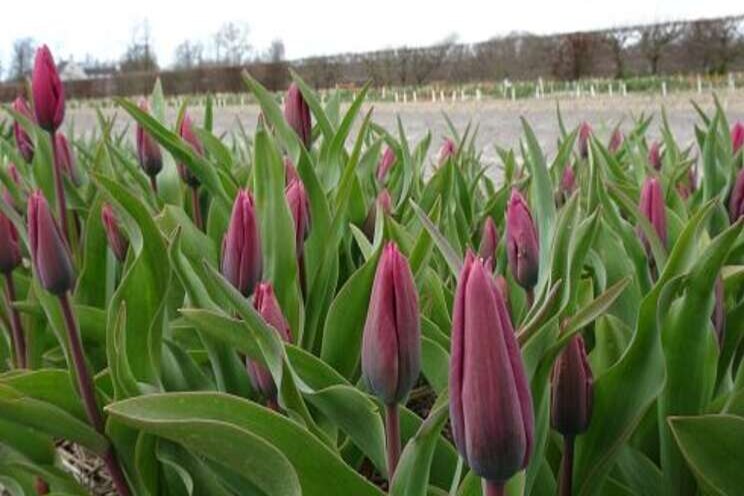Tulip gall mite cannot withstand high temperatures
Added on 12 April 2020

Researching pest-free cultivation
For a large number of crops, including tomato, chrysanthemum, potted plants and apples, WUR is looking for effective and sustainable methods for pest-free cultivation (without harmful insects or mites). The tulip is one of those crops: in that cultivation, the dry bulb mite is a bug that is difficult to avoid. Apart from chemical control, some essential oils are effective, but are not allowed.
Storing strawberry plants in a closed environment with little oxygen has in the past shown to reduce mites. That is why research has been done with tulip bulbs into storage for a certain period with a high temperature, little oxygen and a high CO2 content. This method is called CATT (Controlled Atmosphere Temperature Treatment). The aim of the research was to control the dry bulb mite without causing damage to the bulbs and plants.

Results
The most effective method is to store the bulbs in an airtight room at a temperature of 25 ° C for 48 hours. The bulbs were not damaged by this (which is the case at higher temperatures). In the lab, 100% of the tulip gall mites were killed, in small tests (where the mites were grown on garlic for research reasons) a minimal number of mites survived. This number is lower than when chemical control is used.
The CATT method thus appears to be more effective and cleaner than the traditional, chemical control of the tulip gall mite. However, the method is labor-intensive, creates logistical challenges, and a grower must also have sufficient airtight cells.
Source and Photo Courtesy of Wageningen University & Research
Source: Wageningen University & Research
More news















